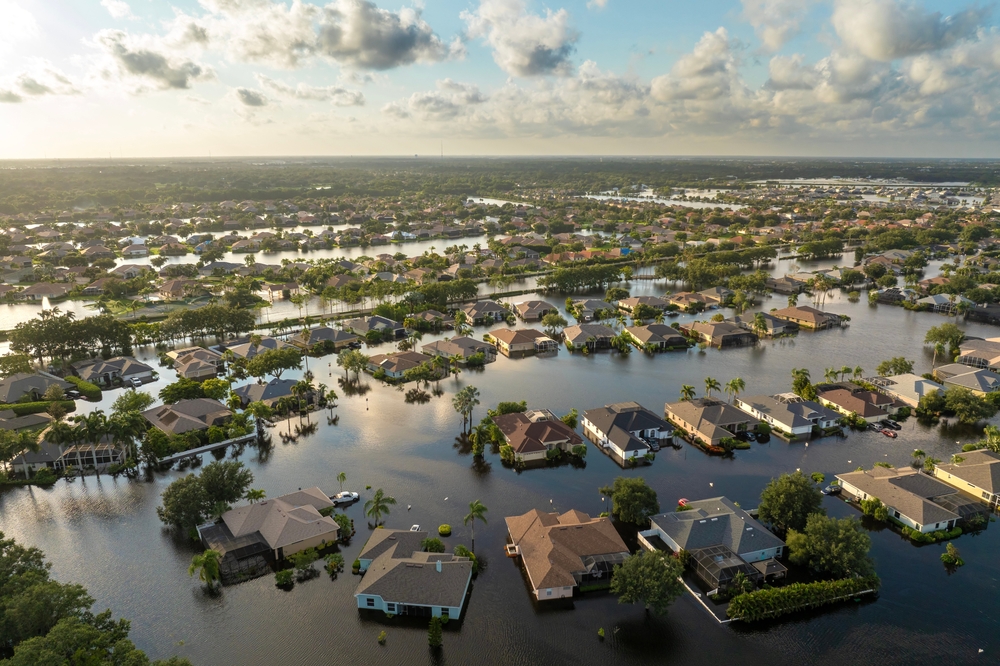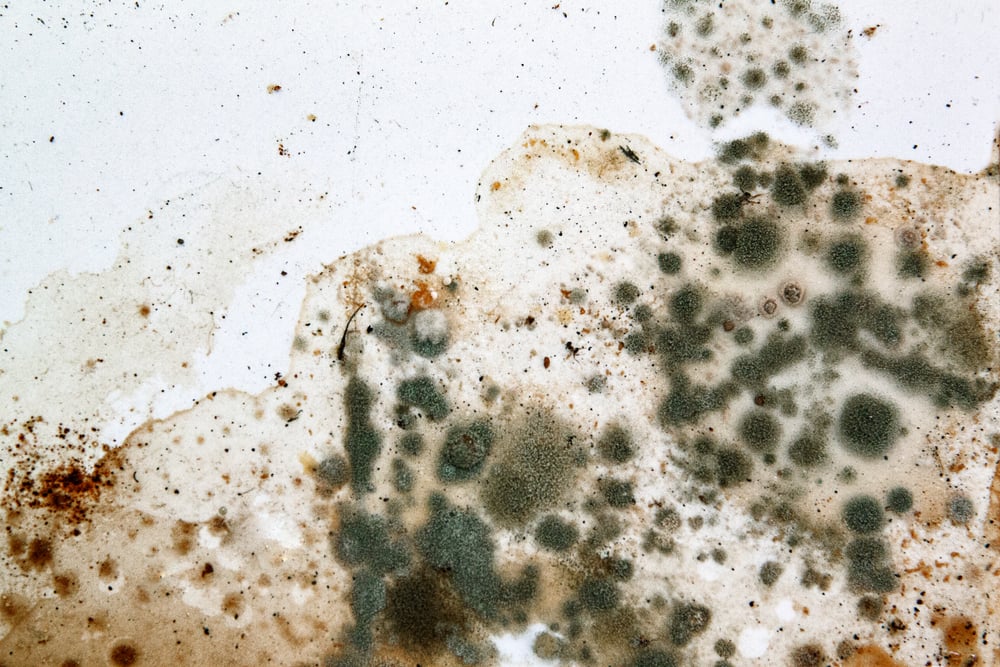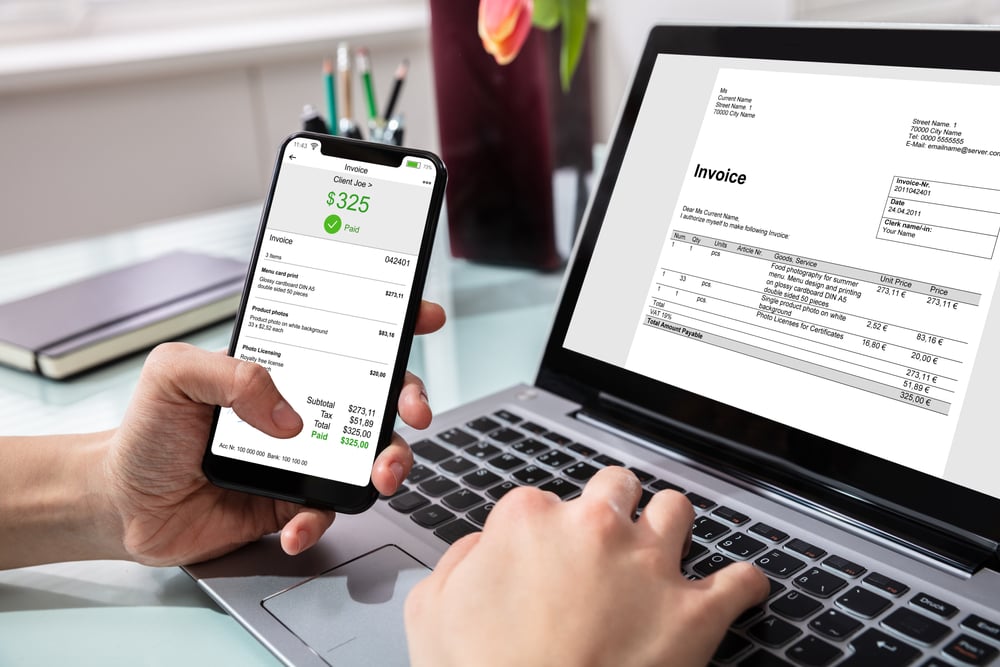Storm Damage vs Flood Damage: What’s Covered by Insurance?
Florida homeowners know that severe weather isn’t a matter of if—it’s a matter of when. From tropical storms to hurricanes, heavy rains to storm surges, damage can happen quickly and without much warning. But when it comes to filing an insurance claim, there’s one important distinction you need to understand: storm damage and flood damage are not treated the same way by most insurance policies.
Knowing the difference could determine whether your claim is approved—or denied.
Understanding Storm Damage
Storm damage refers to destruction caused directly by wind, hail, lightning, or other weather-related forces covered under a standard homeowners’ insurance policy.
Common examples of storm damage include:
- Shingles or roof sections ripped off by high winds.
- Siding damage from windborne debris.
- Lightning strikes, causing fire or electrical damage.
- Broken windows from wind or hail impact.
- Rainwater is entering through storm-damaged roofs or windows.
Key point: If the water damage occurs because a covered peril—like wind—created an opening for water to enter, it’s generally covered by homeowners’ insurance.
Understanding Flood Damage
Flood damage is defined differently by insurers. The Federal Emergency Management Agency (FEMA) defines a flood as “an excess of water on land that is normally dry, affecting two or more acres of land or two or more properties.”
Examples include:
- Rising water from heavy rainfall that enters your home.
- Overflowing rivers, lakes, or canals.
- Storm surge from hurricanes or tropical storms.
Key point: Flood damage is typically not covered under standard homeowners’ insurance policies. You typically need a separate flood insurance policy, which can usually be obtained through the National Flood Insurance Program (NFIP) or a private insurer.
Why the Difference Matters in Florida
In Florida, the distinction between storm and flood damage often becomes relevant after hurricanes. A single event can cause both—wind tearing off your roof (storm damage) and storm surge filling your living room with seawater (flood damage). Without both types of coverage, you may be left paying out-of-pocket for part of the repairs.
What Homeowners Insurance Typically Covers
Under most Florida homeowners’ policies, you can expect coverage for:
- Roof repairs after wind damage.
- Interior water damage caused by rain entering through a wind-damaged roof.
- Damaged siding, gutters, or windows from storm impact.
- Personal property ruined by covered storm-related damage.
What Flood Insurance Typically Covers
Flood insurance policies often cover:
- Structural repairs for floors, walls, and ceilings damaged by floodwater.
- Electrical and plumbing systems are damaged by flooding.
- Appliances like water heaters, furnaces, and central AC units.
- Personal belongings (depending on your policy type, such as building coverage vs. contents coverage).
Gray Areas and Claim Disputes
One of the most common disputes after severe weather in Florida is determining what caused the damage first. Insurers may argue over whether wind or water was the primary cause, and this can affect how your claim is processed.
To protect yourself:
- Document damage as soon as it’s safe to return home.
- Take separate photos of wind-related damage and flood-related damage.
- Keep receipts for temporary repairs and cleanup.
Tips for Florida Homeowners
- Review Your Policies Annually
Understand your storm and flood coverage, limits, and deductibles before hurricane season begins. - Consider Adding Flood Insurance
Even if you’re not in a high-risk flood zone, Florida’s weather can create flood conditions almost anywhere. - Work with a Public Adjuster if Needed
If your claim is denied or underpaid, a public adjuster can help negotiate on your behalf. - Use Reputable Restoration Companies
For water damage restoration and mold remediation, hire licensed and insured professionals experienced in storm and flood recovery.
Final Thoughts
After a major storm in Florida, understanding the difference between storm damage and flood damage isn’t just an insurance technicality—it’s the key to getting your claim approved. Make sure you have both types of coverage, act quickly after damage occurs, and keep detailed records to protect your rights as a policyholder.





